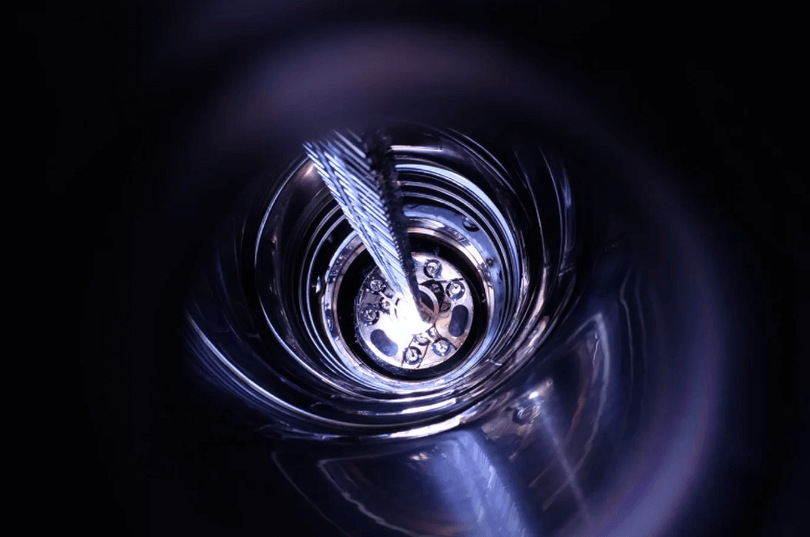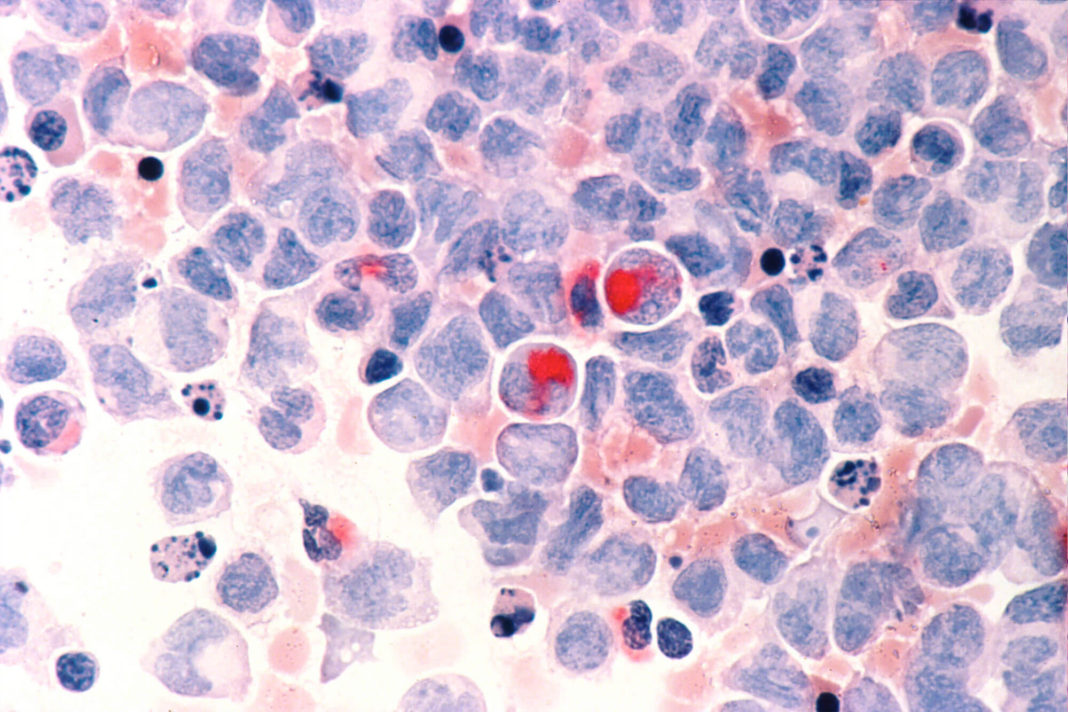Where all the antimatter in the Universe gets to is a mystery. Technically, after the Big Bang occurred, there should have been an automatic process initiated that would annihilate all the matter, but there wasn’t. However, using a giant particle detector in Italy physicists are searching for a strange form of radioactivity that may just explain everything.
This radioactive decay that they’re looking for is called neutrinoless double-beta decay. If found it would be all the evidence needed to prove that in some circumstances more matter is produced than antimatter. Philip Barbeau, from Duke University and one of the physicists to review the paper, said, “If neutrinoless double-beta decay is observed, it helps solve a couple of problems. For one, it helps to explain the matter-antimatter asymmetry in the Universe. It also helps explain why neutrino masses are so surprisingly small. We would also get an idea of the neutrino masses as well, as the decay rate is related to the mass of the neutrinos.”
The Standard Model of physics suggests that equal amounts of matter and *antimatter would have been produced by the Big Bang. But, if this did happen then they would have canceled each other out, and we know that’s not the case as trees, galaxies, and planets are all made from matter. So, in that case, where did all the antimatter disappear to? The answer to this very important question may lie with neutrinos. These have been nicknamed ghost particles as they don’t interact via electromagnetism and we have no idea how much they weigh. All we know is that there are loads of them whizzing through the Universe all the time.
Some say that it could be that neutrinos play the role of their own antineutrinos and this could be the answers were looking for when trying to unravel the asymmetry of the Universe. To try and get to the bottom of it once and for all researchers are using the Germanium Detector Array (GERDA) to investigate particles that could potentially show us natural asymmetry. Unlike regular radioactive particle decay where beta decay occurs just once, in germanium atoms the process happens twice as two neutrons decay simultaneously. This is called neutrinoless double-beta decay and is where two neurons turn into two protons and in the process release two electrons, but no antineutrinos.
Unfortunately, because of the background noise, it can be very difficult to detect neutrinoless double-beta decay. But, scientists have a secret weapon in the form of GERDA to get around that. The team are currently observing nearly 36 kilograms of germanium inside a liquid argon vat to wait for it to decay. It may seem a little like watching paint dry at the moment, but when the neutrinoless double-decay does start to happen it will be very exciting indeed and will mark a monumental moment for physicists everywhere.
*In particle physics, antimatter is a material composed of the antiparticle “partners” to the corresponding particles of ordinary matter. A particle and its antiparticle have the same mass as one another, but opposite electric charge and other quantum numbers. / Via Wikipedia
Related Links;
- Hunt for Why We Exist Turns to Weird Atomic Decay / LiveScience
- This Unseen Form of Radioactive Decay Could Help Explain Where All the Antimatter Is / ScienceAlert
More News to Read











